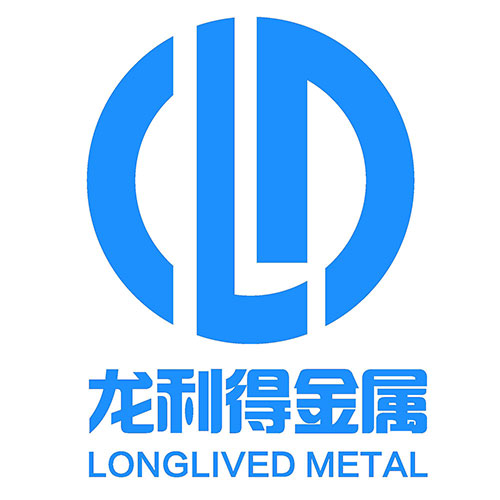Cast Steel Shot, Metal Abrasive, Stainless Steel Shot
After the casting is produced, in order to achieve better use effect, the casting is generally shot blasted. Shot blasting is a cold treatment process, which is divided into shot blasting and shot blasting. Shot blasting, as the name suggests, is to remove impurities such as surface oxide scale to improve the appearance quality. Shot blasting is to use high-speed moving projectiles (60-110m/s) flow. Continuous impact strengthens the workpiece surface, forcing the target surface and surface layer (0.10-0.85mm) to undergo the following changes during cyclic deformation:
1. The microstructure is modified; 2. The non-uniform plastic deformation outer layer introduces residual compressive stress, and the inner surface produces residual tensile stress; 3. The outer surface roughness changes (Ra Rz). Effect: It can improve the fatigue fracture resistance of materials/parts, prevent fatigue failure, plastic deformation and brittle fracture, and improve fatigue life. But sometimes we will encounter the situation that the whole surface of the casting is blackened or there are obvious black marks and black spots in the part after shot blasting. On the surface, it can be removed, but it is difficult to handle if it has been immersed in the casting matrix. The reasons for this are: 1. Defects that existed before the shot peening brought by the die casting process: (1) Too much black oil is used in die casting; (2) Punch oil splashes when the mold is opened; (3) Paint splashes during die casting; 2. The product is placed for a long time or the temperature is humid, and the surface is corroded, moldy or dusty. 3. The dust removal device of the shot blasting machine fails, and the steel shot contains a lot of dust. 4. The operator did not wear gloves as required, and directly touched the surface of the casting after shot peening, resulting in fingerprints. 5. After the shot peening is placed for a long time, the surface is dusty or splashed with water and oil, and the environment is humid and oxidized. When the above situation occurs, corresponding measures should be taken: 1. Defects are not spread over the entire casting surface. Strengthen the control and management by the die-casting process. (1) It is black oil, the color is black; (2) is punch oil, the color is dark red; (3) It is a paint, with a light color on the surface of the casting with different colors; 2. After shot peening, the surface traces are shallow and cannot be removed because they have been immersed in the casting matrix. Strengthen the management of product placement, and it should not be too long. If it needs to be placed for a long time, it must be covered and protected and placed in a suitable environment; 3. The color of the entire casting surface is black and dark. Resume dust removal or replace with new steel shot; 4. The operator must be required to operate according to the operating instructions. Gloves must be worn. 5. The shot peening should be finished inspection, packing and storage as soon as possible. If it needs to be stored for a period of time, it must be strictly protected.





